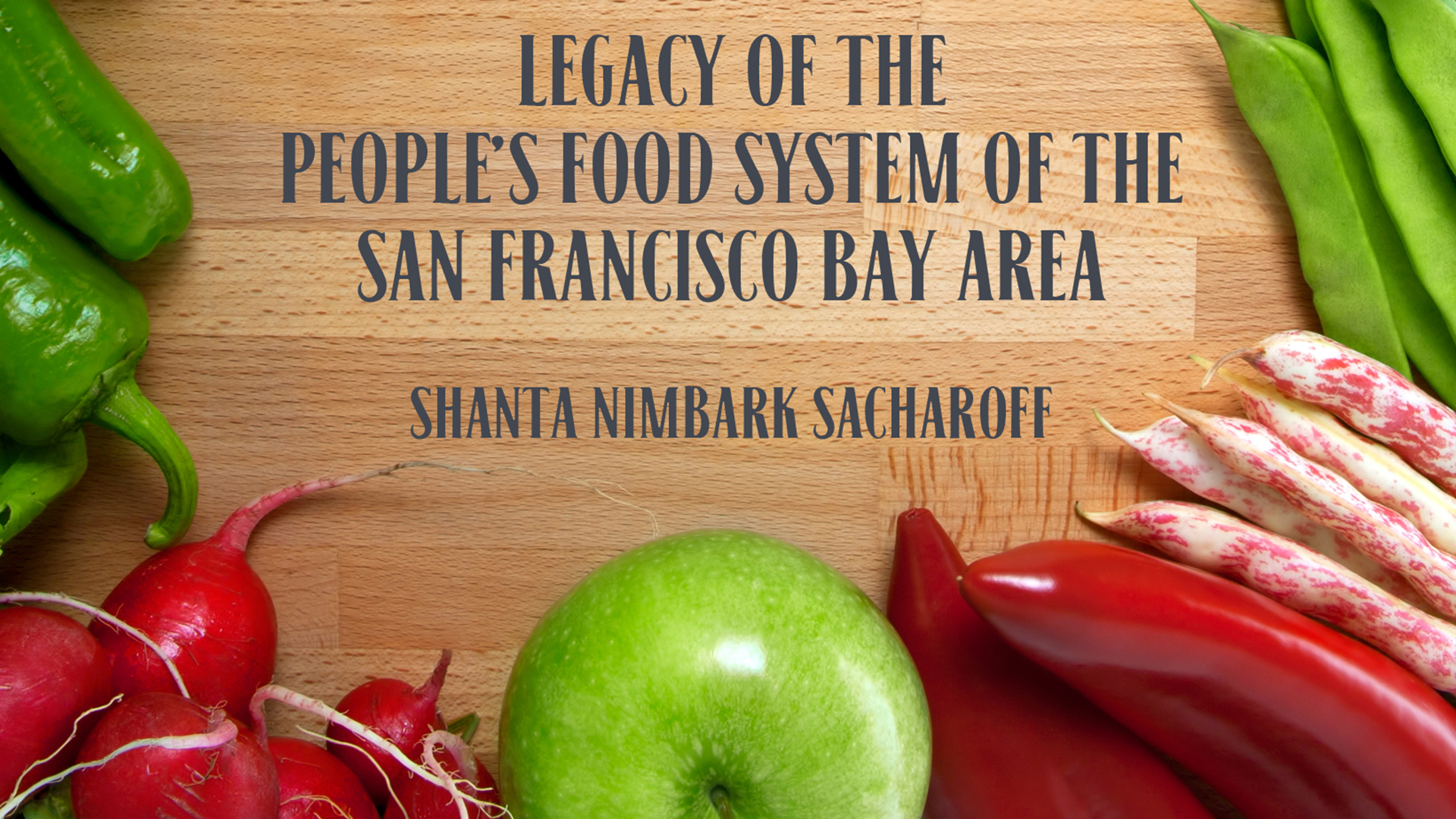By Seth Sandronsky
The Progressive Populist
April 2017
Shanta Nimbark Sacharoff unpacks the trials and triumphs of food co-ops that rose during the 1960s and 1970s in Other Avenues are Possible: Legacy of the People’s Food System of the San Francisco Bay Area (PM Press 2016). The author, as an observer and participant, delivers a bird’s eye view of this alternative project.
According to the cooperators of that time, distributing food for the holistic needs of consumers and workers was best. That perspective continues in our vastly different era of capitalism on steroids, with Democracy at Work a case in point.
Nimbark Sacharoff writes: “The goal of new-wave cooperators was to bring food back to the people and the people back to their communities to share it in a meaningful way.” Easy to say, challenging to do, as she narrates the rise and demise of co-op stores in one area of the US’ Left Coast.
The author, reared in Gujarat, India, shines critical light on how and why co-ops operated in the SF Bay Area decades ago. Spoiler alert: things were sweet and sour for such cooperators as they bid to build up their self-directed enterprises.
We see the strengths and weaknesses of challenging the capitalist order as a part of—not apart from—wider social movements, e.g., popular struggles for civil rights and against the Vietnam War. It was quite a unique time in US history, with unexpected twists and turns exposing the best and worst in movement politics.
The author helps readers, especially those born after the 1960s and 1970s, to grasp the counter-culture ethos that partially propelled the People’s Food System, rooted in the Bay Area Food Conspiracy. The high-water mark of the PFS was 1976-78, she writes, showing and telling how this achievement gave wind to the sails of co-ops later.
Such is the nature of social movements. Their momentum can extend beyond their shelf life, as the Occupy Wall Street encampments gave rise to Sen. Bernie Sanders near-upset of Hillary Clinton recently.
Throughout the book are wonderful vegetarian recipes. Nimbark Sacharoff, also author of Flavors of India: Vegetarian Indian Cuisine, lays out how the collective process of preparing, eating and distributing plant-based fare dovetails with the co-op experience, then and now.
The second part of the book explores the enterprises that survived the demise of the PFS. Two retailers and one wholesaler still operate today.
There are several factors that explain this endurance. One of note is governance structures.
They
allow member-workers such as the author to actively participate in
day-to-day actions and decisions. On this note, the issue of paid versus
nonpaid labor recurs.
In the book’s third part, the author fleshes out the personal aspects of her journey with community-building in the co-op movement of the SF Bay Area. I would say the practical matters outweigh theoretical insights.
Today, co-ops face challenges from the corporate “natural food” purveyors such as Whole Foods and Trader Joe’s. This is no small matter for co-ops, since they operate on very thin margins.
Keeping the co-op movement alive is the special focus of the book’s final section. The author offers down-to-earth recommendations for readers to, if they are not already involved to be part of this progressive social change movement.
She wraps up the book with a list of additional readings, co-ops, and cooperative markets and groups. The author invites readers to join with other cooperators.
Who can resist that, given what we learn about the benefits in Other Avenues?
Seth Sandronsky is a journalist and member of the Pacific Media Workers Guild. Email [email protected].






